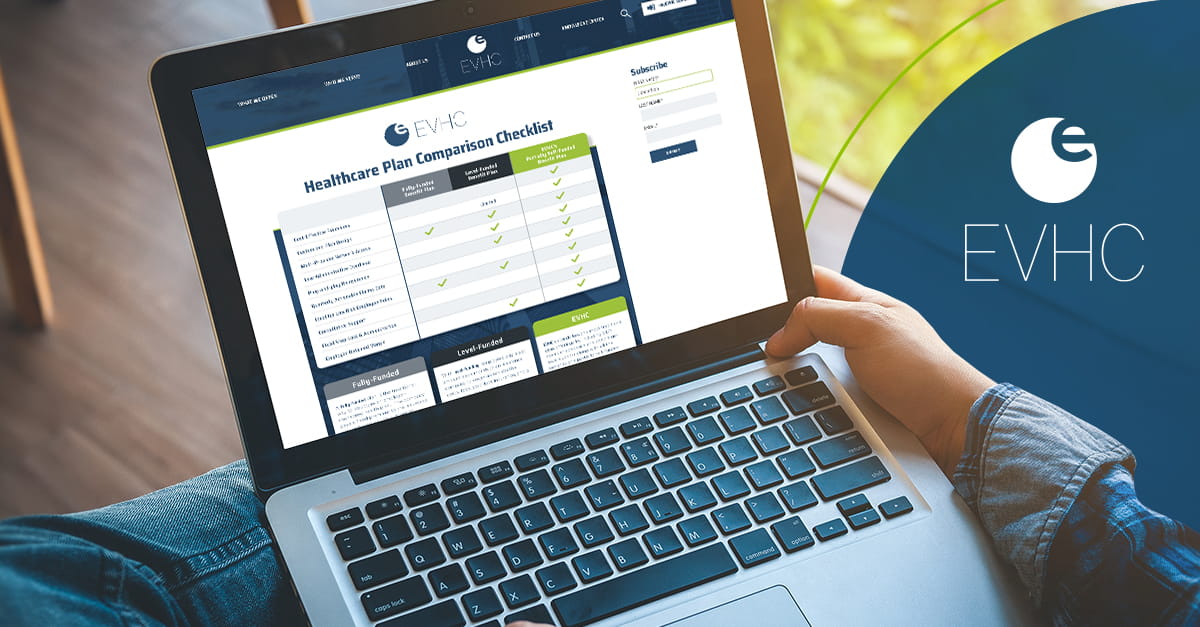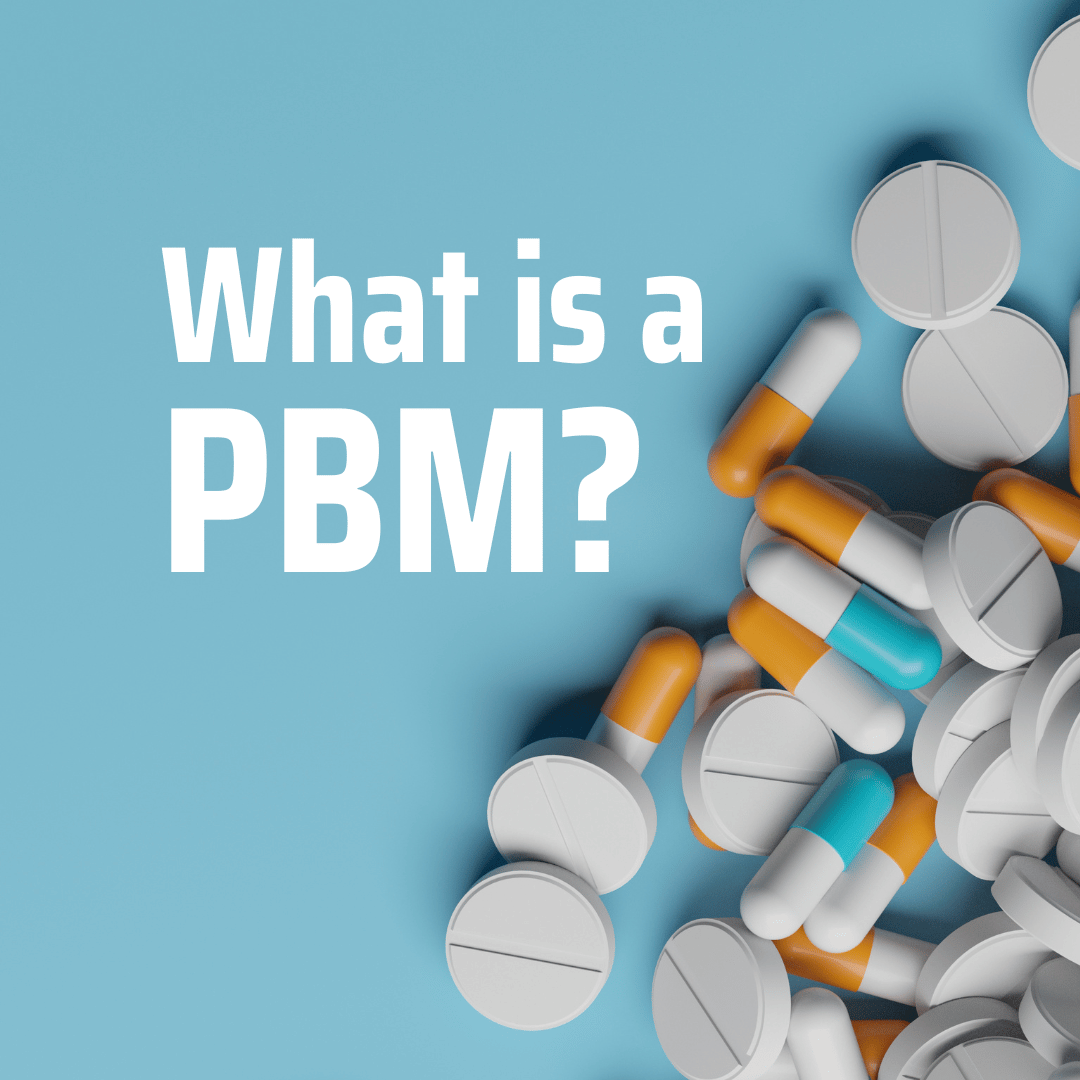
Transparency in health insurance can be a difficult concept. The way that traditional providers are set up lends itself to little of it. Often, it is unclear how much money is being left on the table when employers pay ever-increasing premiums to insurance companies. Whereas with self-funded health insurance, businesses can keep track of how much money is being spent and increase their cost savings.
Well, with partially self-funded plans, the very structure of your coverage is different. With a traditional health insurance provider, the cost of care is negotiated between the insurance provider and the healthcare provider. Information on these negotiations and their outcome is generally not public (hence different insurance providers having different costs) and no rationale for them is provided. Therefore, the employer has an imperfect view of the information needed to help estimate their employees’ healthcare costs. With a partially self-funded plan, instead of paying premiums to a health insurance company, an employer would pay member claims to the health care provider on an as-needed basis.
This type of innovative structure creates transparency which enables the employer to track their healthcare costs so they can stop leaving money on the table in the way of the large premiums currently paid to traditional healthcare providers. This transparency is ultimately the key difference setting non-traditional health insurance providers like EVHC apart from their predecessors, ultimately resulting in cost-savings for the businesses they serve.

